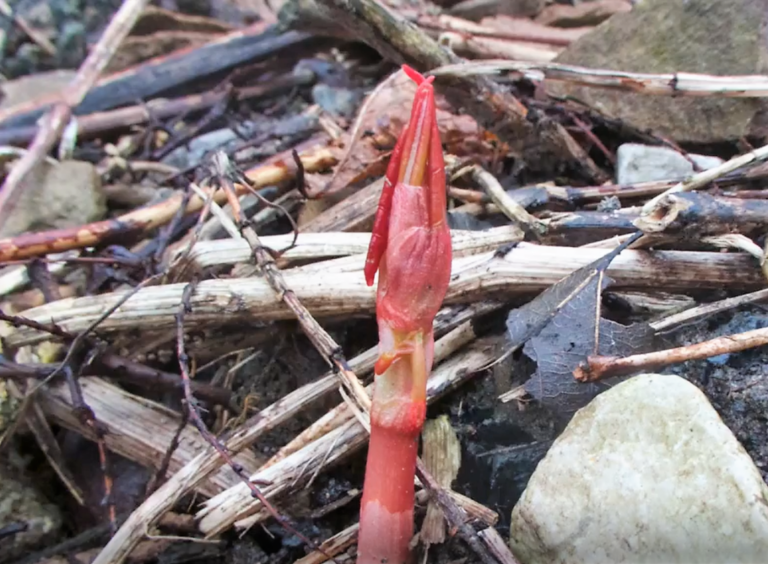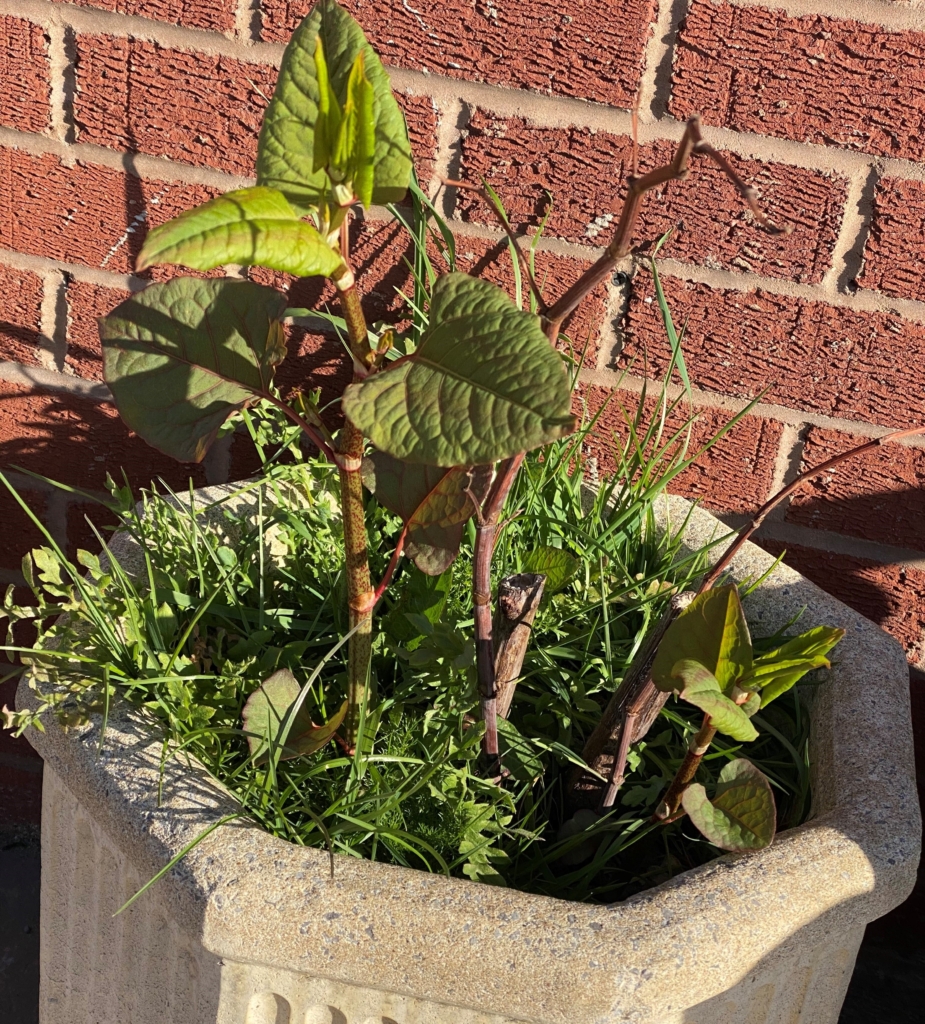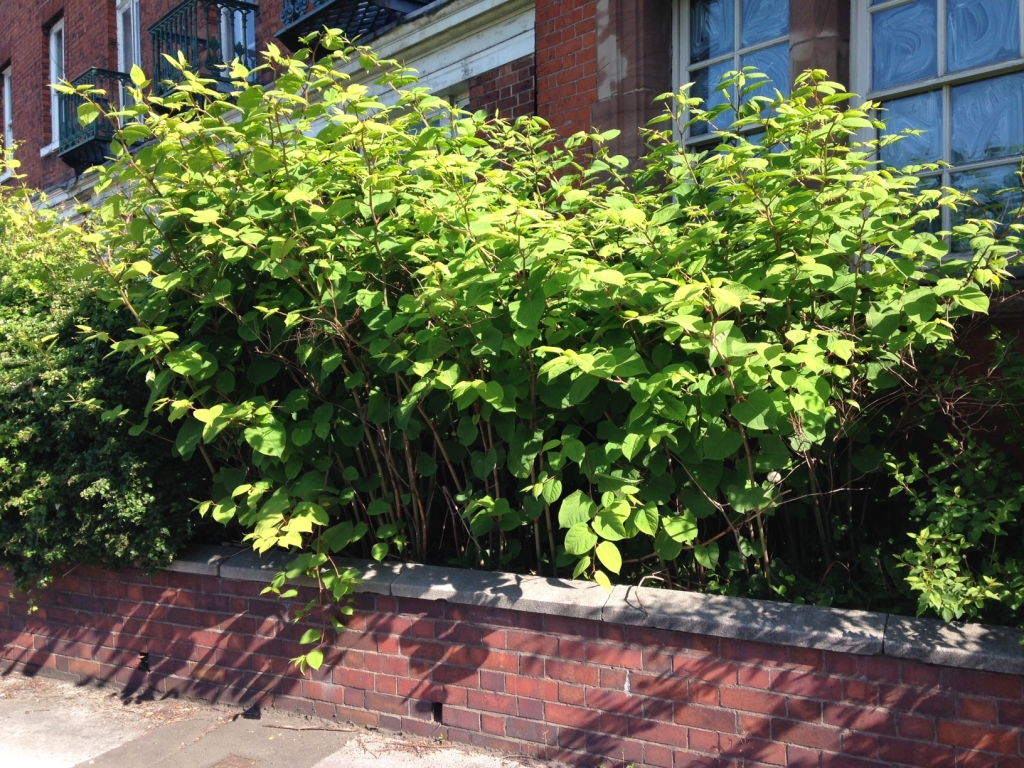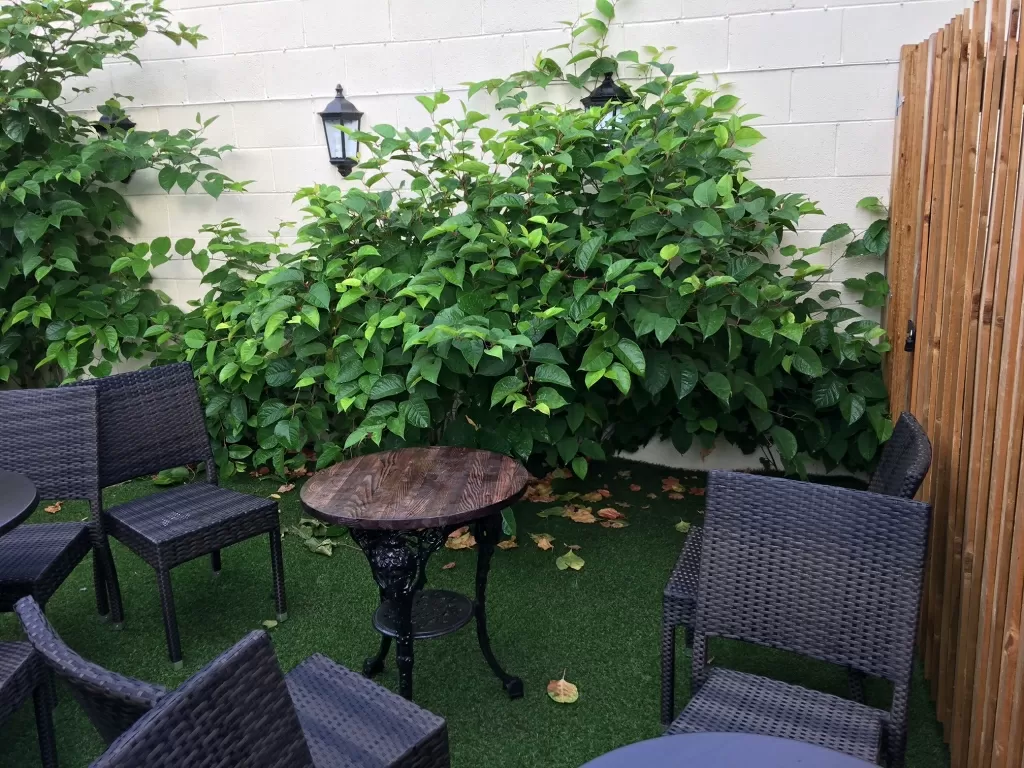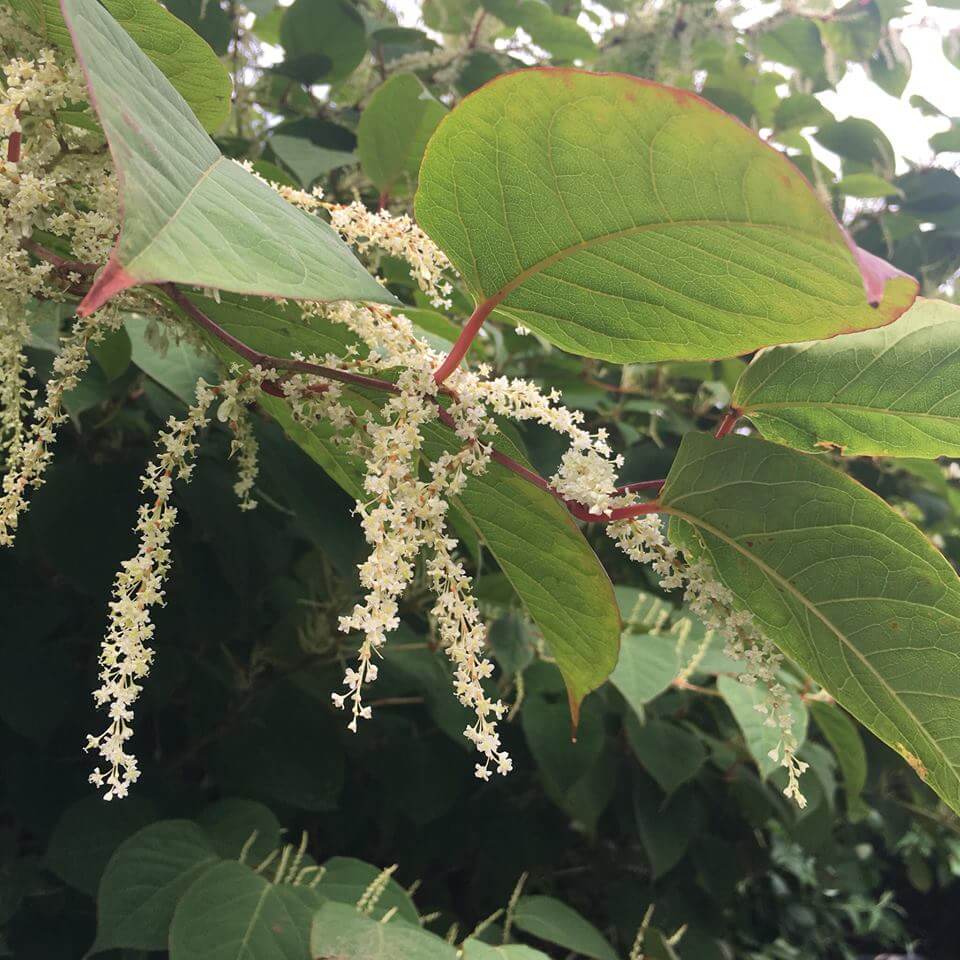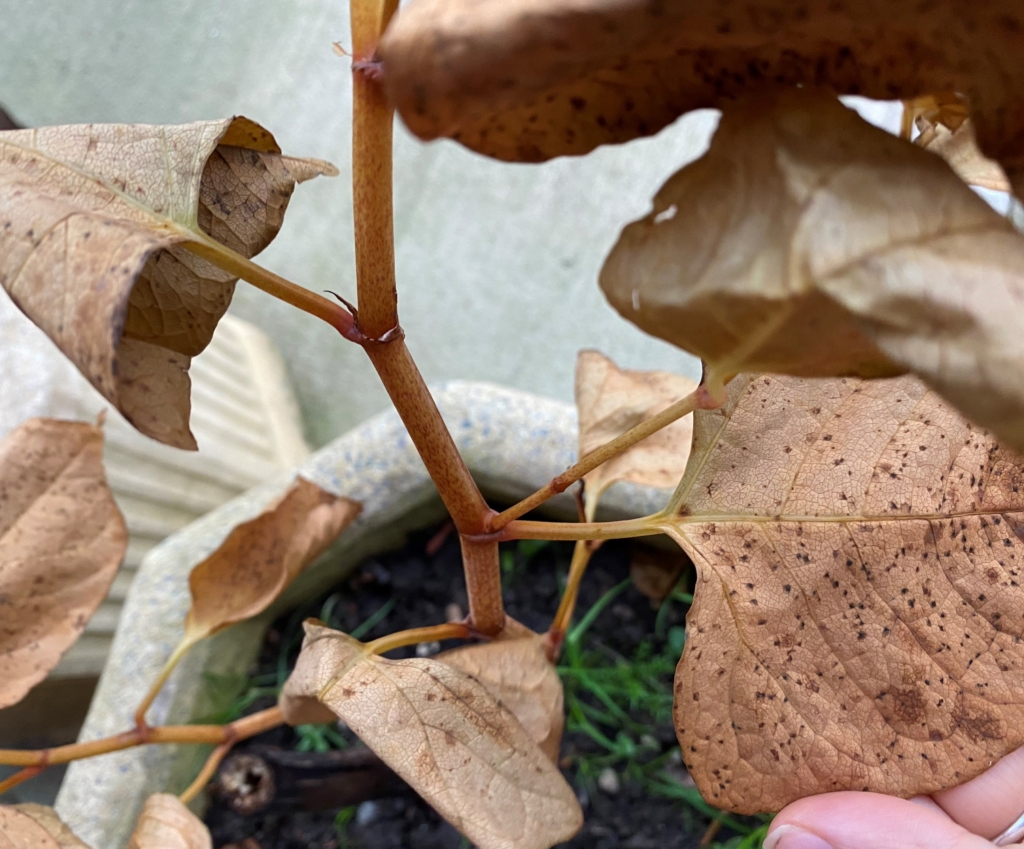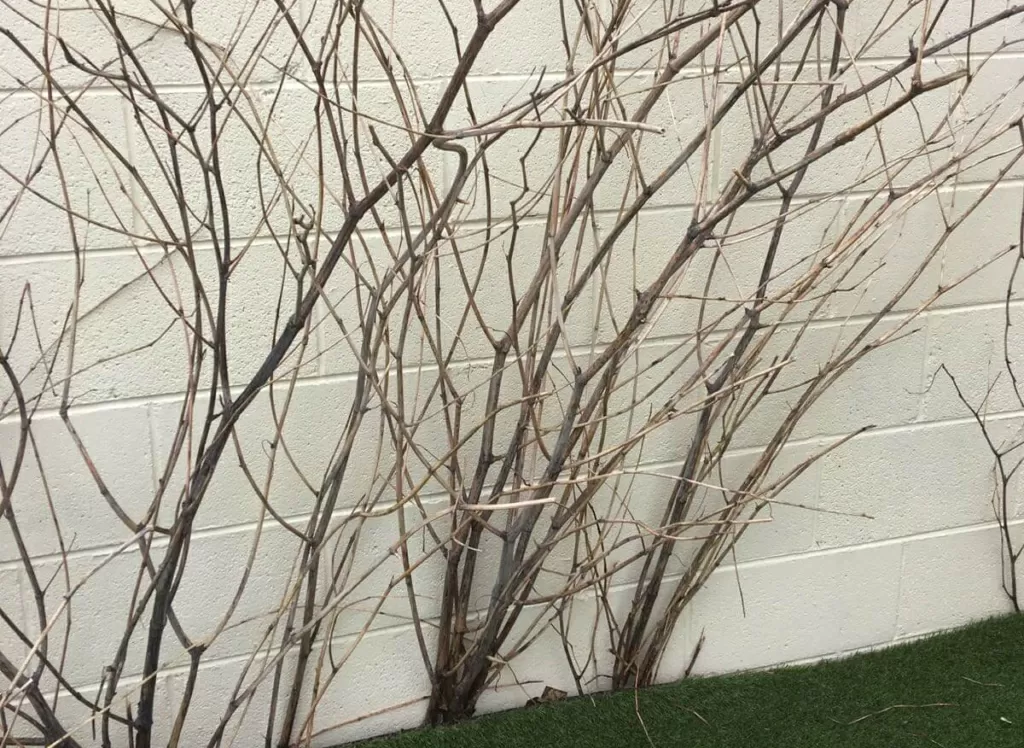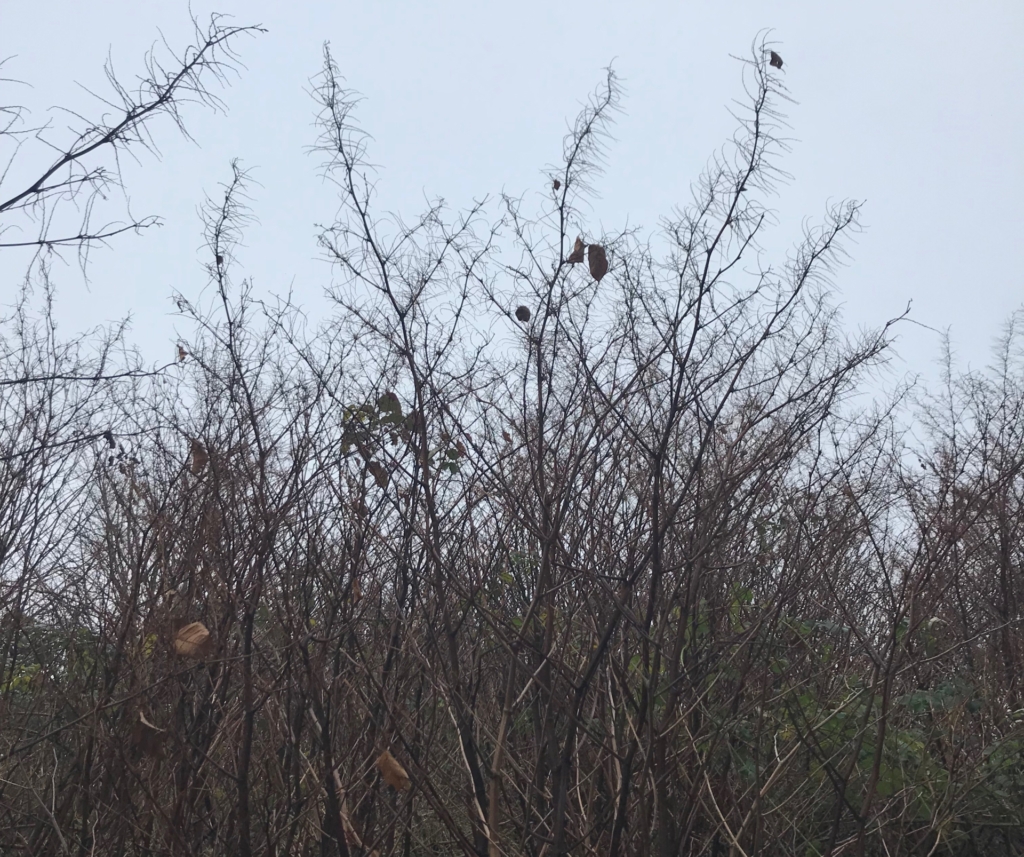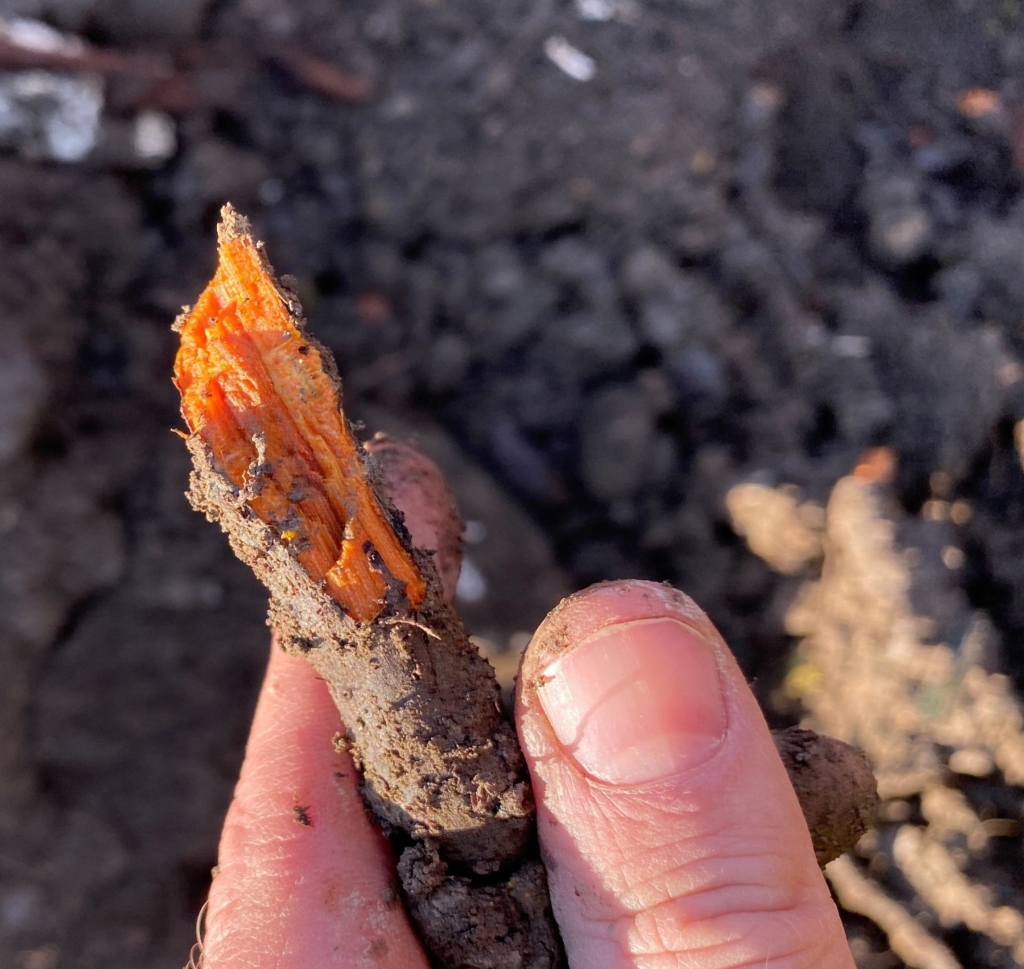If you need help identifying Japanese knotweed, you first must know that Japanese knotweed looks different depending on the current season. These changes can be the cause of misidentifications, leading to future growth and potential property damage. It is imperative that you seek advice from a qualified professional if you believe that you could have Japanese knotweed growing on your property.

